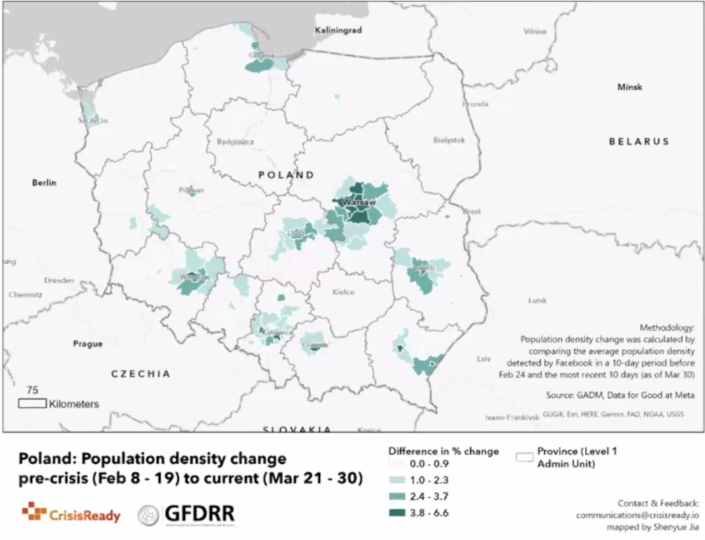What is Giving Compass?
We connect donors to learning resources and ways to support community-led solutions. Learn more about us.
Search our Guide to Good
Start searching for your way to change the world.
How can donors best help after a disaster? Using data to build information and knowledge about disaster needs can help answer this question.
The Center for Disaster Philanthropy (CDP) recently hosted the webinar, Data to Drive Decisions, to help guide funders through the process of finding, sharing, and using data to inform philanthropic giving in the wake of disasters. CDP Director of Domestic Funds Sally Ray moderated a discussion with Cari Cullen, director of the CDP Midwest Early Recovery Fund, Andrew Schroeder, Ph.D., vice president of Research and Analysis at Direct Relief, and Shao-Chee Sim, PhD, vice president for Research, Innovation and Evaluation at Episcopal Health Foundation.
A Role for Funders
The Episcopal Health Foundation isn’t a disaster relief organization, but after Hurricane Harvey hit Texas, the foundation was thrown into the field because the disaster affected every area that nonprofits worked in, including health. Sim emphasized the importance of stepping into the disaster space without getting in the way: “We often ask a lot of questions about what is the value add? … How could we complement and support others? ” The Foundation found its answer by supporting existing efforts through “... things like data and research mapping.”
What Data Is Needed?
Cullen pointed out that “the information post-disaster is often really messy” and can be difficult to find, especially at the community level. Collecting, organizing, and sharing the right data is critical.
While the following indicators are specific to the Midwest Early Recovery Fund (identified by funders, practitioners, and community leaders), they represent a starting point for disaster recovery in other places.

How to Use Disaster Data
Schroeder noted that UNHCR data shows that more than 2.5 million Ukrainian refugees have moved into Poland since the beginning of the Russian invasion, but that it’s crucial to look at the data more closely.
“It turns out that this is a highly clustered population,” Schroeder said. “When we're thinking about a data-driven decision like which areas of Poland require the most attention – in terms of access to health resources because refugees actually may increase pressures on the health system – that's not … a uniform surface across the country.”
The map [below] is based upon analysis of mobile phone users through the Facebook Application clustering in different areas relative to a pre-invasion baseline.

Schroeder explained the importance of mapping displaced peoples following disasters: “Each disaster involves some level of displacement. It's a common occurrence throughout evacuation patterns, it's also a characteristic of all complex emergencies. One of the commonalities, in terms of how we would use data to think about the situation in the post-disaster and post-emergency context, is where we would understand the flows of the population.”
Data Risks and Benefits
Data can be used for both good and ill. Schroeder highlighted Google’s decision to disable Maps traffic data in Ukraine to protect Ukrainians who could have been targeted by Russians using data to find densely populated areas to attack.
One way to ensure that data is serving, not hurting, communities is to approach data collection with an equity lens. Sim shared this map to demonstrate the power of using data to highlight gaps in need and access to support:

Cullen warned that equity does not end with data collection, it must extend to data sharing:
“We collect all the information and we are really careful to share that with the community, to not sit and own it. But whenever possible, to pass it on, especially to those communities that may not have the ability to set up that system and assess their own needs in that way. ”
Cullen also cautioned against relying solely on data to develop an understanding of a situation and needs on the ground. She shared this advice for donors:

Learn more and view the full webinar: Data to Drive Decisions at the Center for Disaster Philanthropy.
Categories:
- North America
- Disasters